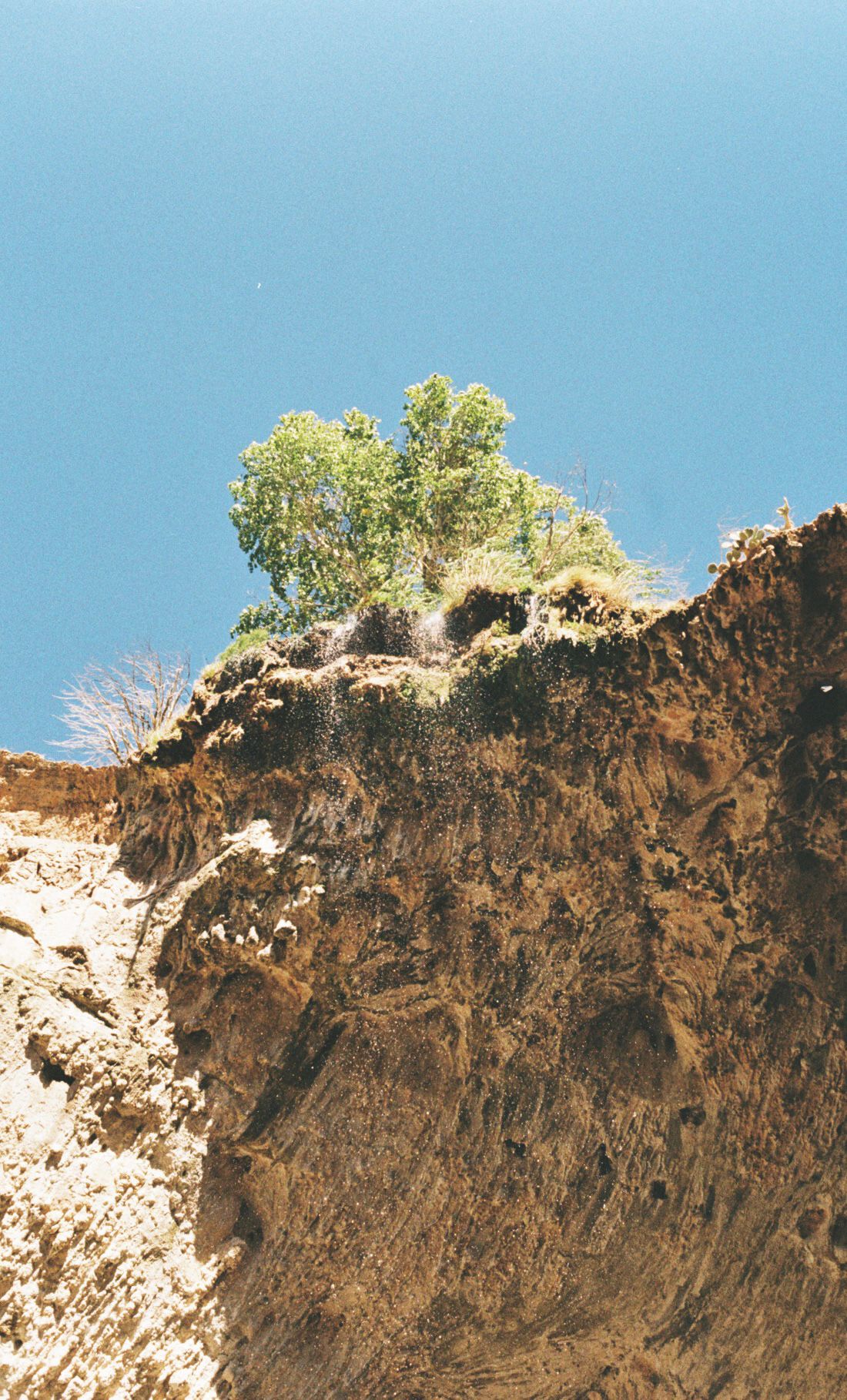The one thing that will keep pulling me back to the United States time and time again is definitely not its politics. Nor is it its cities, whose tall buildings reach up against our limitless sky into worlds that aren’t quite ours to own. Instead, it is my love and admiration for its diverse landscapes; from its barren plains to its fruitful mountains. There is still a certain harshness here, a wilderness of a world left untamed. But if you look just long enough there is a softness to it too. A softness that we have long lost in the world we have constructed for ourselves.
When I went to Arizona for the first time back in July, I turned 25 years old amidst the flat scapes that rise into the gentle yet unforgiving hills surrounding Phoenix. It was then that I felt myself fall in love with the desert. I grew in awe with the cacti reaching up to the sky as if in search of eternal salvation, while their trunks remained proudly rooted in the earth. I felt at ease hearing the friendly chirping of desert birds that have made these dry lands their home, most of which I had never before seen in my life. This was a world unlike any other I had ever experienced; a place where tree bark had turned green to foster photosynthesis even when trees have to drop their leaves in lasting droughts, where birds burrowed inside the prickly skin of a saguaros to nest, and where scouring coyotes still reign. There are sandstones formed into softened shapes, so otherwordly they cannot exist anywhere but in Arizona.

Up North, beyond Oregon, there had always seemed to be a natural balance, a seasonal shift that kept everything in control from fall to spring and back. It had come easily to me to appreciate the sight of the Mount Hood in the Pacific Northwest, its white-tipped peak so far out of reach yet so close one might boldly state they could walk up to it. I was familiar enough with the tall pines dancing in the winds and creaking softly, that I would rub their bark out of appreciation and thankfulness. I knew the deer, the (countless) squirrels, the American robins and the bald eagles so well, that I would greet them like old friends. I marveled at the shades of green and felt comforted at the sight of them. I appreciated the waters and the creeks that would continue to run even at the height of summer.
I had always felt like I belonged in the forests that stretch across the Northern Hemisphere – and a very large part of me continues to crave their everlasting presence – but when leaving Arizona for the second time this November, I left behind a part of me that belonged amidst the dry earth too. I learned to see its arrid landscapes not as inherently imbalanced and defined around the lack of water, but instead as perfectly balanced despite the limited presence of it. As a state, Arizona is perhaps one of the most diverse places I have had the pleasure to explore – and I haven’t even seen all of it yet. A Phoenix native proudly told me that only here “you can climb snowfilled mountains in Flagstaff and wander amidst the sweltering desert heat around Phoenix, both in one day”.

Towards the Northwest, Arizona is blessed with one of the world’s biggest wonders both in terms of spiritual significance to Indigenous populations, as well as its uniqueness and scope: the Grand Canyon. What was once a shallow sea, is now a canyon of bare rock with only the Colorado River spidering its way through towering walls. Despite the overall lack of water, you cannot help to be reminded of an ocean, the sandstone so beautifully curved and colored, like waves stuck in time. More to the East, and you will find Navajoland which harbors sights like the Antelope Canyon, a maze of sandstone shaped by innumerable years of water erosion and the Oljato-Monument Valley, which is a landscape as flat as the eye can behold on the exception of towering rocks jutting out from the earth below.
Travel slightly South to greet Sedona, a place where green-tipped and red-rocked formations stand proudly in contrast to the blue hues of the sky above. Go even further and you are met with coniferous forests as far as the eye can see. Here, you may find yourself lost amidsts the presence of a thousand trees, each unique from one to the next. You can hear the violent rustling of the pines in the autumn winds, the single screech of a bird in flight, the burrowing of mice into the safety of the bushes, and beyond that – nothing but silence once night falls. Despite being so close to the, seemingly, seasonless desert, you are now fully engrossed in its presence as the leaves turn from green to yellow.

Standing there, atop a world that spins below me, I fell in love with Arizona. I will try my best not to ponder too much on the loss of all of this. I won’t, in detail, describe the pain I felt staring across fire-ravaged grasslands and blackened cacti. I will try not to linger on the animals, dead, thrown to the side of the highway by the metal and uncaring nose of a car. I try not to focus too much on the silence, caused predominantly by our weakened ecosystem and declining biodiversity. I attempt to harbor, instead, respect for the balance of the world – a sensitive scale that we continue to tip sideways. If only we could learn to love it a little bit more and see the world for what it is, regardless of our presence in it. This is a love letter to Arizona, from tree to cactus and from forest to desert, but it is also a love letter to the force of nature, one that will reckon with and overcome whatever we will throw in her way – as she always has, and as she always will.


Leave a Reply